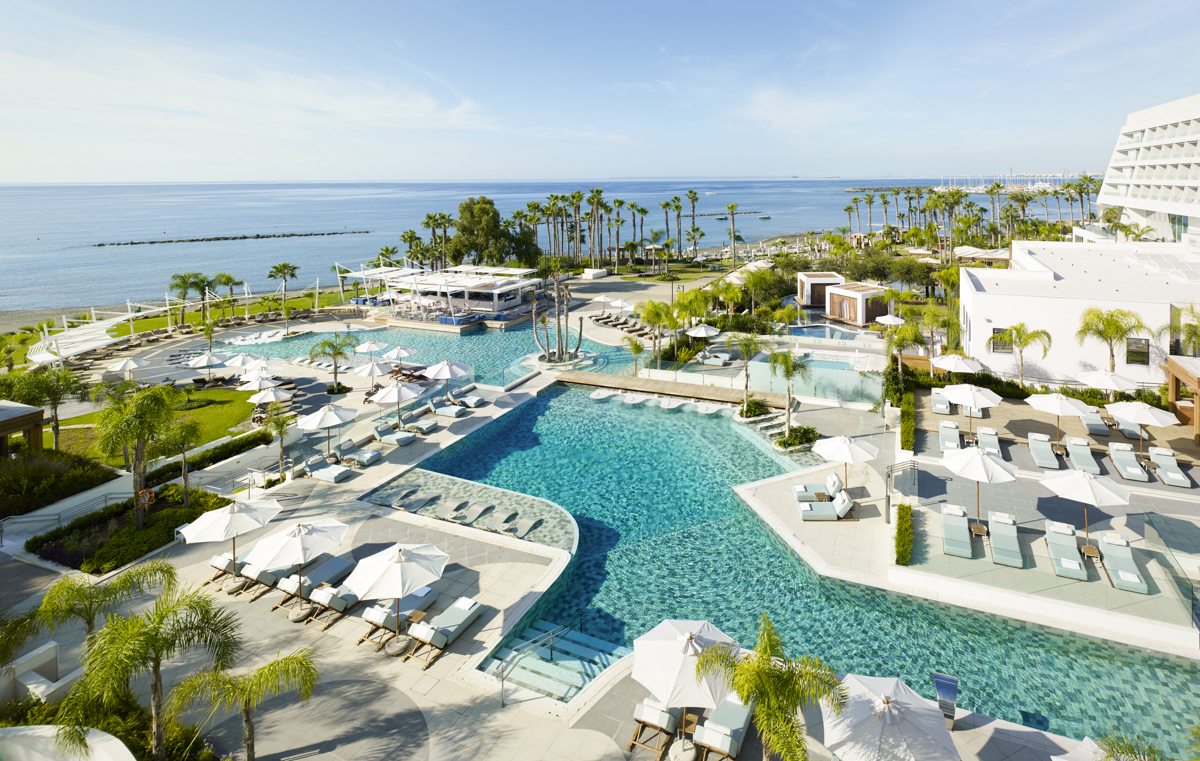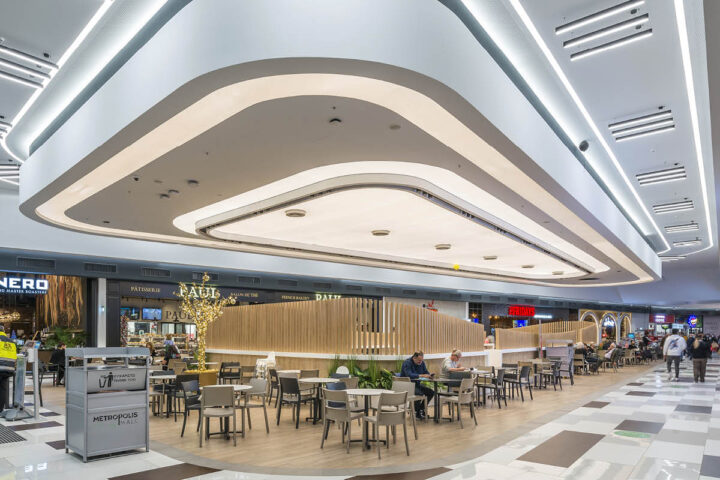Rising labour shortages across sectors of the economy, particularly in tourism, have hoteliers worried they will be unable to respond to increased tourist arrivals in 2022.
The Association of Cyprus Tourist Enterprises (STEK) argues that labour shortages threaten the sector’s recovery following two years of the coronavirus pandemic.
A statement said the chronic problem of labour shortages dates back to before pre-coronavirus 2019 but has worsened.
“Many workers from EU states have now returned home due to uncertainty and the creation of new jobs in their home countries.
“At the same time, Cypriot workers, previously active in the tourism industry, have found work in other sectors, which have developed in recent years,” said STEK.
It argues that the lack of human resources is recorded in Cyprus and many other European countries such as Germany, Greece, Italy, France, Austria, and the UK.
“The problem has also been recognised at the level of the European Parliament, which recently asked the European Commission to submit proposals to facilitate and promote the entry and mobility of workers from third countries into the EU, by 31 January 2022.”
The chair of STEK, Akis Vavlitis, said hotels had difficulty coping with staff shortages this year even at an average 50% occupancy rate.
“We are hoping to see our occupancy rates increase in 2022. However, if the labour shortage is not addressed, we face the risk of not being able to meet tourist needs.”
“As things stand today, hotels will not be able to hire workers from third countries as the current procedure is time-consuming.”
Vavlitis called on the government to step in and replace the hiring procedure with a faster one.
In the event of further recruitment delays, STEK warns Cyprus will “lose out” on another tourist season in 2022.
According to the Deputy Ministry of Tourism, Cyprus tourist arrivals for the first 10 months to October were 45% of 2019 when a record 3.97 million tourists visited Cyprus.
But compared to last year, they increased 100% due to less harsh COVID restrictions.
During January – October 2021, tourist arrivals reached 2,216,364 compared to 1,104,872 in 2020.
Tourist revenues and arrivals in 2020 plunged by 85%.










